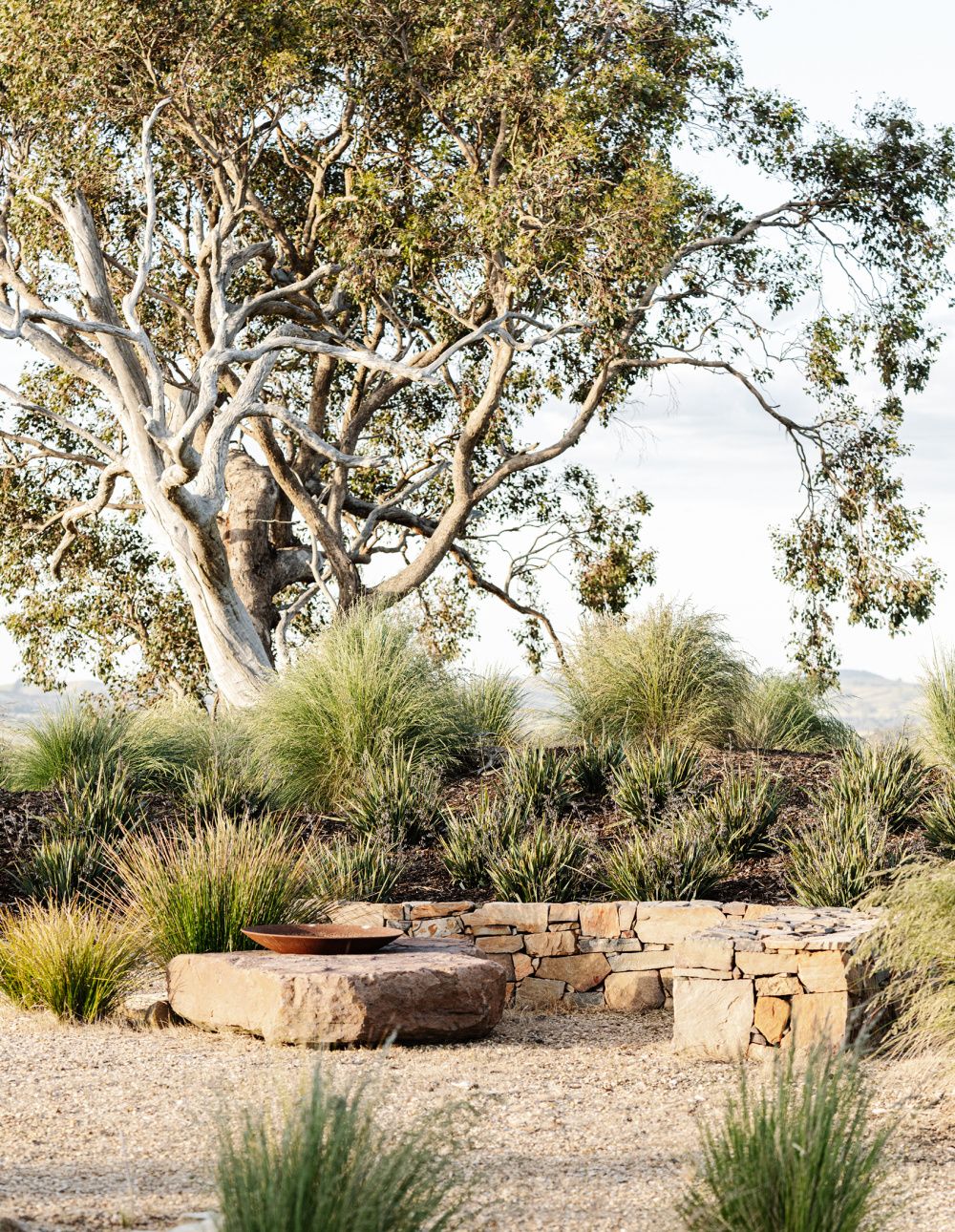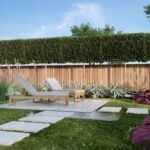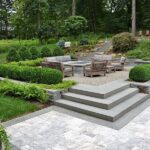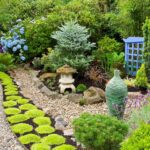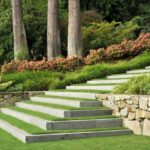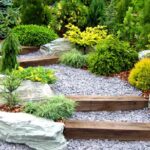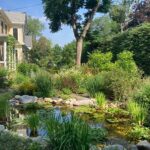Garden design landscape is an important aspect of creating a visually appealing outdoor space that complements your home. Whether you have a small backyard or a sprawling estate, careful planning and design can transform a bland garden into a stunning oasis. There are several key elements to consider when designing your garden landscape, including the layout, plants, hardscaping, color scheme, and maintenance.
One of the first steps in garden design landscape is to create a layout that maximizes the available space and suits your aesthetic preferences. This could involve dividing the garden into different areas, such as a patio for dining, a play area for children, and a dedicated space for planting flowers or vegetables. The layout should also take into account factors such as sunlight exposure, drainage, and views from various vantage points.
Selecting the right plants for your garden landscape is crucial for creating a cohesive and visually appealing design. Consider the climate, soil type, and maintenance requirements of different plant species before making your selections. Group plants with similar water and sunlight needs together to simplify maintenance and promote healthy growth. Additionally, adding a mix of flowers, shrubs, and trees can create a dynamic and interesting garden landscape.
Incorporating hardscaping elements such as pathways, seating areas, and garden structures can add functionality and visual interest to your garden landscape. Use materials that complement the style of your home and garden, such as wood, stone, or brick. Hardscaping can also help define various zones within the garden and create a sense of structure.
Choosing a color scheme for your garden landscape can help create a harmonious and cohesive design. Consider using a mix of complementary or contrasting colors to add depth and visual appeal to the space. You can also use color strategically to draw attention to focal points or create a sense of flow throughout the garden.
Maintaining your garden landscape is essential for keeping it looking its best year-round. Regular watering, pruning, mulching, and weeding are essential tasks that can help promote healthy plant growth and prevent the spread of pests and diseases. Be sure to also keep pathways clear and tidy, and repair any damaged hardscaping elements as needed to maintain the overall appearance of your garden landscape.
